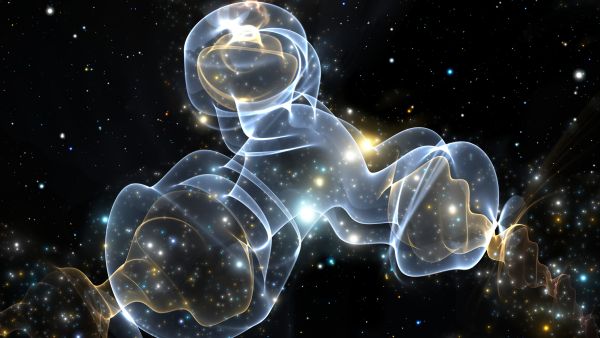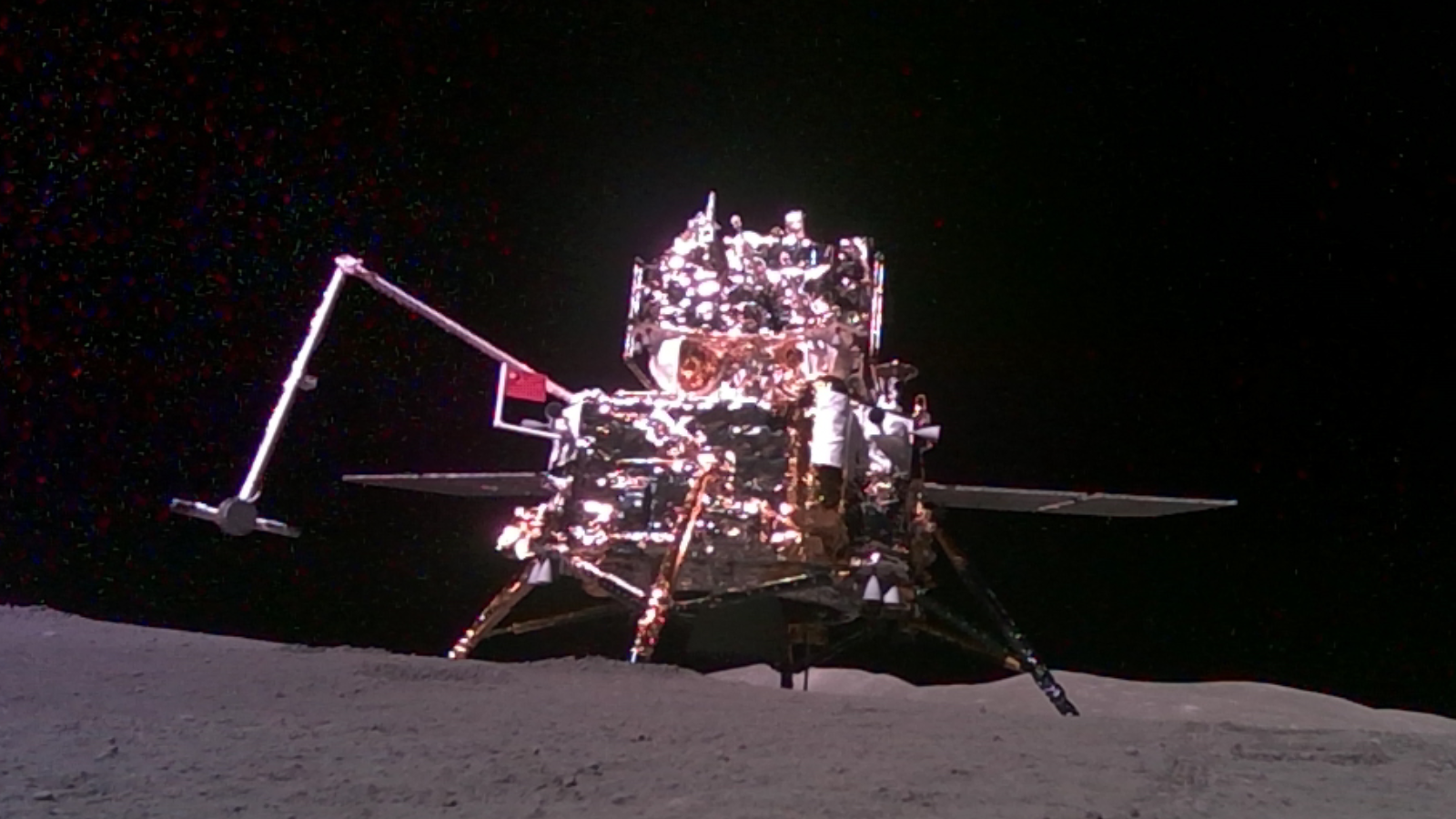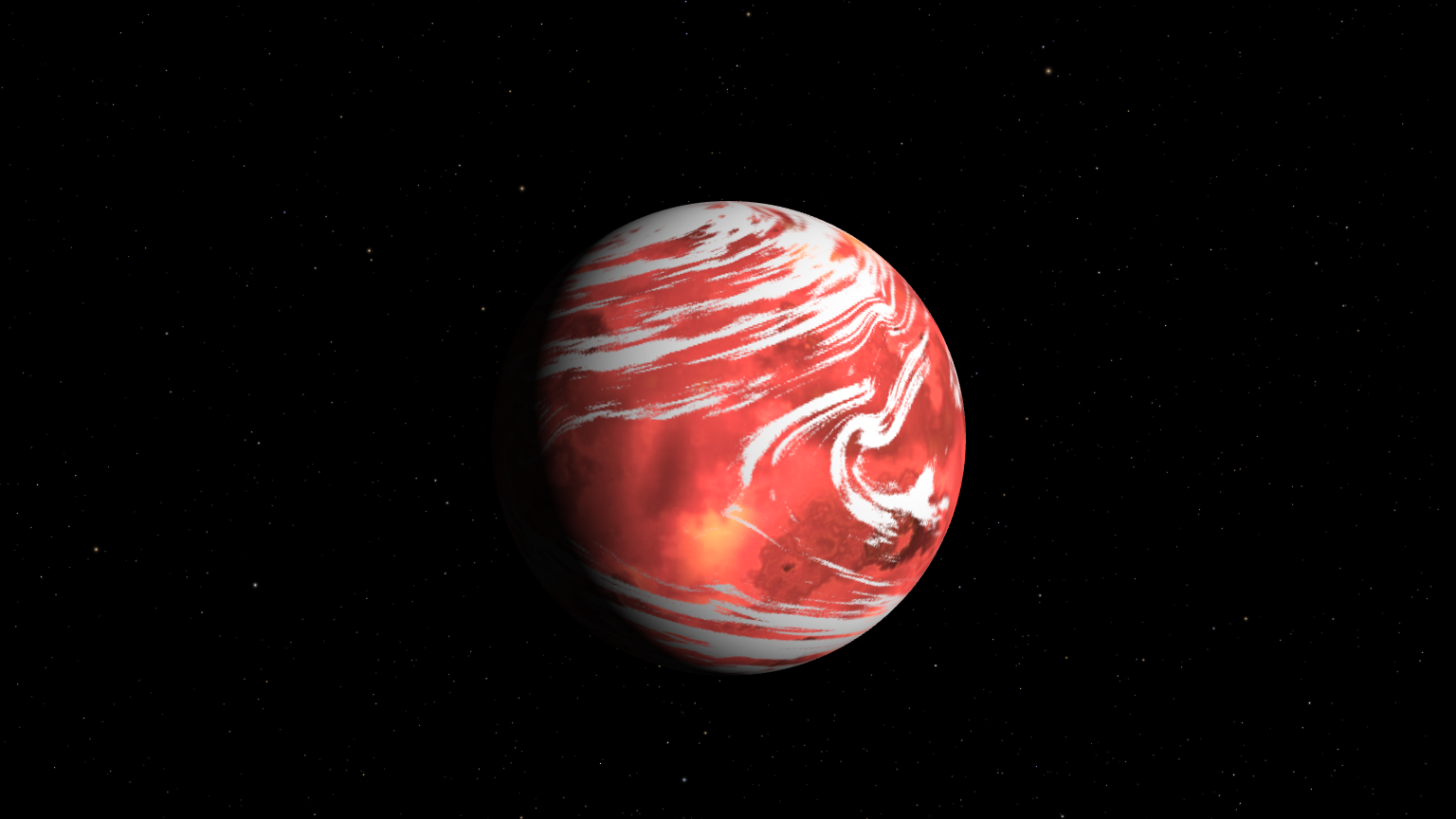Can we explain dark matter by adding more dimensions to the universe?

Dark matter could be even weirder than anyone thought, say cosmologists who are suggesting this mysterious substance that accounts for more than 80% of the universe's mass could interact with itself.
"We live in an ocean of dark matter, yet we know very little about what it could be," Flip Tanedo, an assistant professor of physics and astronomy at the University of California Riverside, said in a statement.
Every attempt to explain dark matter using known physics has come up short, and so Tanedo and his collaborators are developing exotic models that might better match observations. They asked: What if dark matter interacted with itself through a continuum of forces operating in a space with more dimensions than our usual three? It sounds wild, but their model is able to better explain the behavior of stars in small galaxies than traditional, simple dark matter models. So it's worth a shot.
Related: The 11 biggest unanswered questions about dark matter
Small galaxies, big problems
Even though cosmologists don't know the identity of dark matter, they do know some of its properties. All observations indicate that the dark matter is made of some new kind of particle, previously unknown to physics. That particle floods each and every galaxy, accounting for more than 80% of their mass. That particle must not interact with light very much, if at all (otherwise we would have seen it by now in astronomical observations). And it must not interact with normal matter very much, if at all (otherwise we would have seen it in particle collider experiments).
Taking these properties together, cosmologists are able to build sophisticated computer simulations of the evolution of large structures in the universe. Those simulations generally match observations, with one interesting caveat. This simplified picture of dark matter predicts that small galaxies should have very high densities of dark matter in their cores (known to cosmologists as the "cusp" model), but observations instead show that the dark matter density is relatively flat, so the stuff must be evenly spread out throughout small galaxies (known as the "core model").
This "core-cusp" problem has been a thorn in the side of dark matter studies for decades. A successful model of dark matter must be able to account for the behavior of small and large galaxies, along with all the other dark matter observations. One such model is called self-interacting dark matter, and like the name suggests it predicts that dark matter does occasionally interact with itself, meaning that dark matter particles can sometimes bounce off each other or even annihilate each other. This self-interaction smooths out regions of high dark matter density, turning cusps into cores in small galaxies.
Get the Space.com Newsletter
Breaking space news, the latest updates on rocket launches, skywatching events and more!
The core of the issue
Problem solved, right? Not quite: The self-interacting dark matter models have trouble matching other observations, such as galaxy lensing (when gravity from a huge amount of matter distorts and magnifies light from certain galaxies behind it) and the growth of galaxies in the early universe.
However, these still-underperforming models are based on known physical interactions that take place via one of the four fundamental forces of nature. Electrons interact with each other through the electromagnetic force. Quarks interact with each other through the strong force. And so on. But if simply exporting known physics into the realm of dark matter is coming up short, maybe it's time to look at completely new forces.
Tanedo and his collaborators tried to do just that, and described their work in a paper published June 1 in the Journal of High Energy Physics. Their new model greatly expands possible models of interacting dark matter, allowing for unknown forces to come into play.
"The goal of my research program for the past two years is to extend the idea of dark matter 'talking' to dark forces," Tanedo said in the statement. "Over the past decade, physicists have come to appreciate that, in addition to dark matter, hidden dark forces may govern dark matter's interactions. These could completely rewrite the rules for how one ought to look for dark matter."
Tanedo's approach to dark matter involves two surprising features. One, instead of a single force that connects dark matter particles, the model includes an infinite spectrum of new forces all working together. Two, the model requires an extra dimension to the universe, so a four-dimensional space.
Thinking outside the universe
The infinite spectrum of forces, each one represented by a new particle with a different mass, allows for a lot of flexibility when constructing the theory of how dark matter particles might interact. And while there is no counterpart to such a theory in the world of everyday physics, astrophysicists already know that dark matter doesn't necessarily play by the usual rules.
Related: The 12 strangest objects in the universe
In the theories that explain known physics, when two particles interact with each other, they do so by exchanging a single kind of force-carrying particle. For example, two electrons bounce off of each other by exchanging photons, the carrier of the electromagnetic force. But this new model replaces that single interaction with a continuum, or spectrum, of interactions, all working together to make the interaction happen.
"My research program targets one of the assumptions we make about particle physics: that the interaction of particles is well-described by the exchange of more particles," Tanedo said in the statement. "While that is true for ordinary matter, there's no reason to assume that for dark matter. Their interactions could be described by a continuum of exchanged particles rather than just exchanging a single type of force particle."
As for adding an extra dimension, Tanedo's team has borrowed a trick used in other theories of high-energy particle physics. Through a remarkable, but not yet fully proven, concept known as the AdS/CFT correspondence (the "AdS" stands for anti-de Sitter, which is a kind of space-time, and "CFT" stands for conformal field theory, which is a category of quantum theories), some physics problems that are extremely difficult to solve in our normal 3D space become much easier to grapple with when extended to a four-dimensional space.
By employing this mathematical trick, Tanedo and his collaborators were able to solve how the forces among the dark matter would interact with each other. They could then translate their results to the three dimensions of space and make predictions for how these forces would operate in the real universe. They found that these forces behaved far differently than the forces of nature that we're used to.
"For the gravitational force or electric force that I teach in my introductory physics course, when you double the distance between two particles you reduce the force by a factor of four," Tanedo said. "A continuum force, on the other hand, is reduced by a factor of up to eight."
This modification to the self-interaction among dark matter particles allowed the researchers to build simulations that match observations of small galaxies, giving them a "core"-like dark matter profile, rather than the "cuspy" one seen in traditional dark matter models. These results are similar to other models of self-interacting dark matter that also potentially reproduce "cuspy" centers, but this theory comes from a completely new theoretical direction that might have other observational consequences.
So there is a lot of work to be done. Cosmologists use dark matter to explain many different observations across the universe, at a wide variety of scales. Further work will reveal if this exotic theory matches the universe that we see.
Originally published on Live Science.
Join our Space Forums to keep talking space on the latest missions, night sky and more! And if you have a news tip, correction or comment, let us know at: community@space.com.

Paul M. Sutter is an astrophysicist at SUNY Stony Brook and the Flatiron Institute in New York City. Paul received his PhD in Physics from the University of Illinois at Urbana-Champaign in 2011, and spent three years at the Paris Institute of Astrophysics, followed by a research fellowship in Trieste, Italy, His research focuses on many diverse topics, from the emptiest regions of the universe to the earliest moments of the Big Bang to the hunt for the first stars. As an "Agent to the Stars," Paul has passionately engaged the public in science outreach for several years. He is the host of the popular "Ask a Spaceman!" podcast, author of "Your Place in the Universe" and "How to Die in Space" and he frequently appears on TV — including on The Weather Channel, for which he serves as Official Space Specialist.










